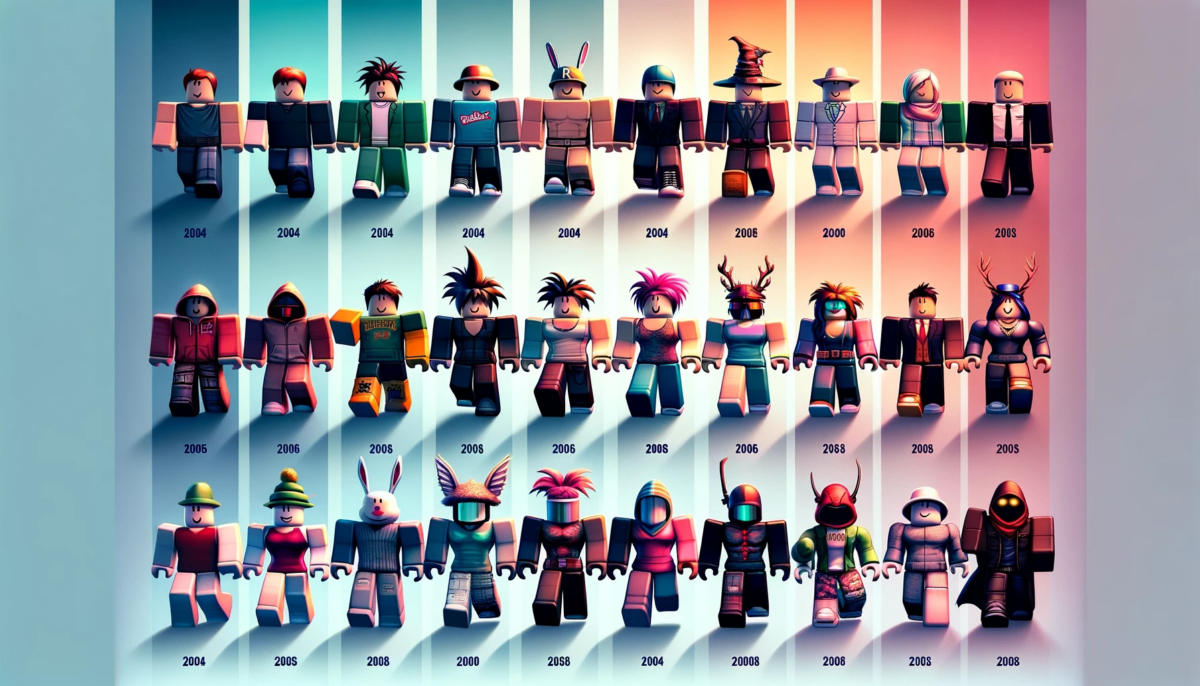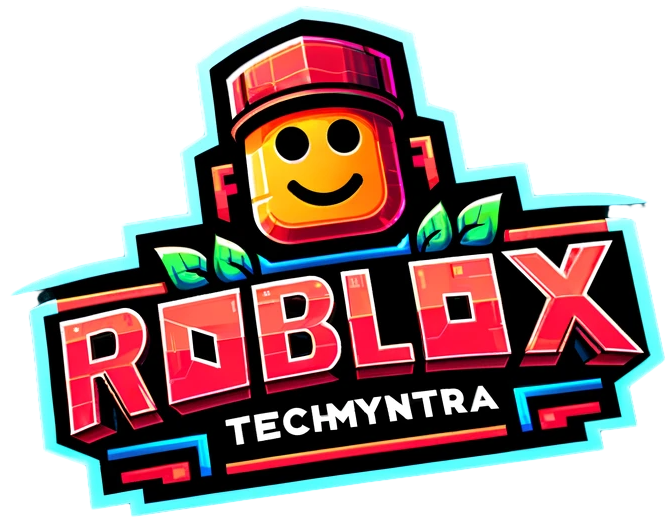The Evolution of Roblox Avatars: From 2004 to Today

The Early Days: Exploring the Origins of Roblox Avatars The Early Days: Exploring the Origins of Roblox Avatars Roblox, the popular online gaming platform, has come a long way since its inception in 2004. One of the most notable aspects of Roblox is its avatars, which allow players to customize their virtual personas. These avatars […]
The Early Days: Exploring the Origins of Roblox Avatars
The Early Days: Exploring the Origins of Roblox Avatars
Roblox, the popular online gaming platform, has come a long way since its inception in 2004. One of the most notable aspects of Roblox is its avatars, which allow players to customize their virtual personas. These avatars have evolved significantly over the years, reflecting the advancements in technology and the changing preferences of the Roblox community.
In the early days of Roblox, avatars were simple and limited in their customization options. Players could choose from a small selection of pre-designed characters, each with a distinct look and style. These avatars had a blocky appearance, with basic shapes and limited details. While they lacked the complexity and realism of modern avatars, they were a crucial part of the Roblox experience.
As Roblox gained popularity, the demand for more customization options grew. In response, the developers introduced the concept of “Robloxian 2.0” in 2011. This update brought significant improvements to the avatar system, allowing players to have more control over their virtual appearance. The new avatars featured a wider range of body shapes, facial expressions, and clothing options, giving players the freedom to express themselves in unique ways.
The introduction of Robloxian 2.0 marked a turning point in the evolution of Roblox avatars. It not only enhanced the visual appeal of the characters but also opened up new possibilities for creativity and self-expression. Players could now create avatars that closely resembled their real-life selves or experiment with fantastical designs. This increased level of customization fostered a sense of individuality and personalization within the Roblox community.
In the years that followed, Roblox continued to refine its avatar system, introducing new features and updates to keep up with the ever-changing demands of its user base. One notable update was the introduction of “R15” in 2016, which revolutionized the way avatars moved and interacted with the virtual world. R15 allowed for more realistic animations and improved articulation, making the avatars feel more lifelike and immersive.
Another significant milestone in the evolution of Roblox avatars was the introduction of “Rthro” in 2018. Rthro brought a new level of realism and diversity to the avatar system, with taller and more proportionate characters. This update aimed to make avatars more inclusive and representative of the diverse Roblox community. Players could now create avatars that better reflected their own identities and felt more relatable to others.
Today, Roblox avatars continue to evolve, with regular updates and additions to the customization options. The platform offers a vast array of clothing, accessories, and animations for players to choose from, allowing them to create unique and personalized avatars. Additionally, Roblox has embraced the concept of collaborations, partnering with popular brands and franchises to offer exclusive avatar items and experiences.
The evolution of Roblox avatars is a testament to the platform’s commitment to providing a dynamic and engaging experience for its users. From the simple blocky characters of the early days to the highly customizable and realistic avatars of today, Roblox has continuously pushed the boundaries of what is possible in the virtual world. As technology advances and player preferences change, it will be fascinating to see how Roblox avatars continue to evolve and adapt to meet the needs of its ever-growing community.
